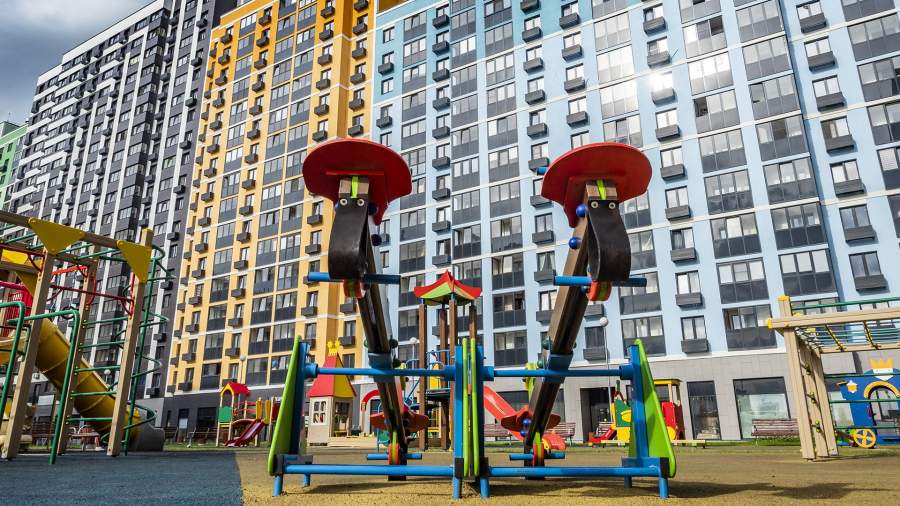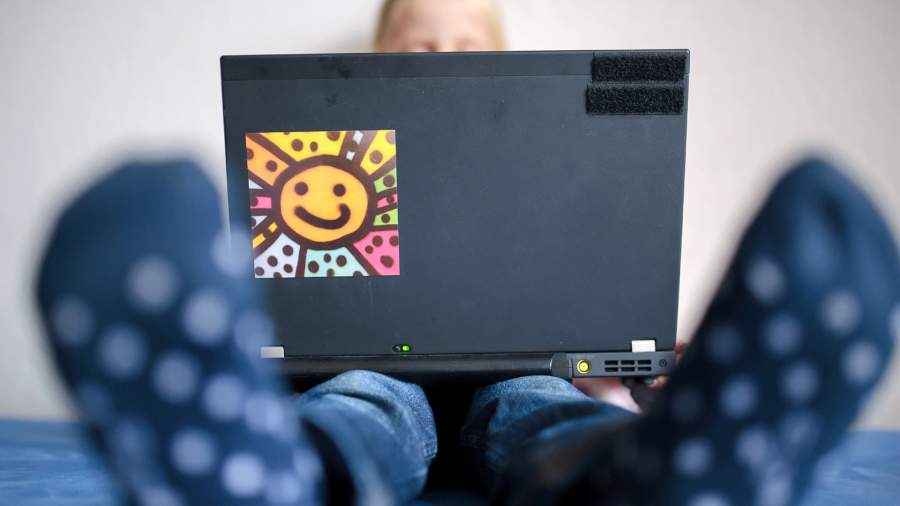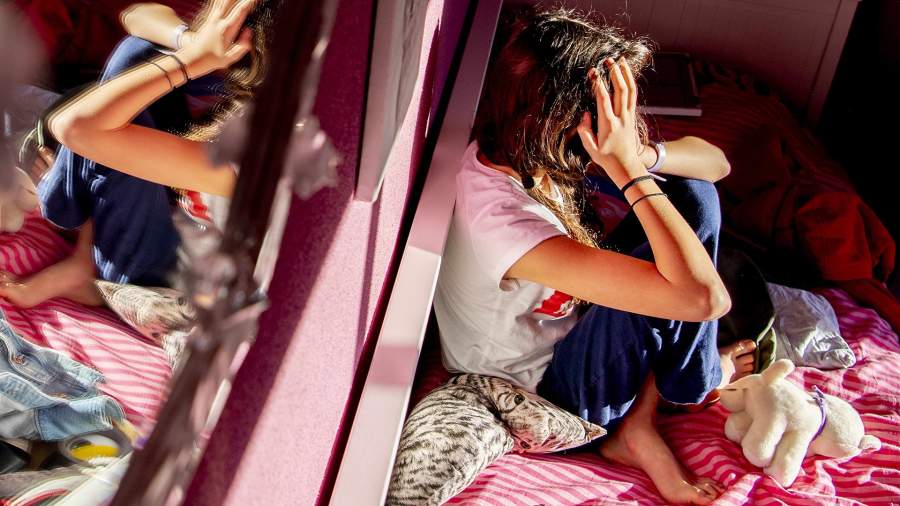By June 1, Russia will have a rating of regions in terms of child safety indicators, which will take into account data on crimes against minors, deaths and threats that lie in wait for them. Anna Kuznetsova, Ombudsman for the Rights of the Child in Russia, said this and noted that now the issues of child safety are very acute. Izvestia figured out how Russian children would be protected in the future.
Table Of Contents
Not a rating, but a mechanism
Kuznetsova said that 885 children died last year, which is 1.7 times more than in 2019. According to her, it is planned to complete the calculations of the child safety indicator in the Russian regions in the office of the commissioner by June 1, at the same time they will tell about the situation.
At the time of publication of the material, the staff of the authorized representative did not respond to an inquiry from Izvestia about the project. but back in the fall of 2020, Kuznetsova talked about a new project called “The Quality of Childhood”. Then she noted that it is necessary to get a complete picture of how these or those rights of children are respected in different regions. She called this information important for “making competent management decisions.”
Then Kuznetsova reported that About 20 departments in Russia deal with family and childhood issues, but there is no single center that would be responsible for coordinating their actions, which is why sometimes “there is inconsistency in approaches to solving key issues.” She also pointed to the problems of accounting for statistical data – the figures of one department are completely opposite to the figures of another.
The development of the Quality of Childhood project began back in 2019. This is an automated information system using artificial intelligence technologies that will quickly collect, compare, combine and analyze disparate statistical data, as well as help track the dynamics of processes and make a forecast of the development of the situation. The Quality of Childhood model contains about 500 indicators of the realization of the rights of minors, divided into 11 areas. Data from statistics and surveys are used. According to Kuznetsova, the project was conceived as “a tool to help children’s ombudsmen,” but it may also be valuable for the heads of regions and departments involved in the implementation of state policy in the field of childhood. It was noted that the rating should show the need for a detailed analysis of the problems existing in each region.
It was emphasized that the project “Quality of Childhood” is needed “not to create ratings of regions”, it should be “a mechanism for finding effective solutions to problems in the sphere of childhood”.
Personal responsibility
Sergei Rybalchenko, Deputy Chairman of the Commission for the Support of Family, Motherhood and Childhood of the Public Chamber, told Izvestia that the rating may be needed just so that the regions themselves pay attention to the problematic situation. At the same time, the distribution of places in the rating will depend on which coefficients will be given to one or another indicator.…
“And of course, we need to deal with such a sharp increase in child deaths,” he said. – Perhaps this was influenced by a pandemic, but it will be possible to say concretely only by finding out in which regions the excess occurred and from what specific reasons the mortality increased.
In a number of regions, a comprehensive analysis of the situation with child safety is already being done, in particular in the Moscow region. There, since the beginning of this year, “Children’s Safety” is one of the indicators in the rating of the effectiveness of the heads of municipalities.
– Each leader is now personally responsible for incidents with children on his territory, – said the ombudsman for the rights of the child in the Moscow region Ksenia Mishonova. – This is very motivating to real work in the field. We can already see this based on the results of the ranking for the first quarter.
She added that a special section on child safety has also appeared on the “Heat Map” of the Regional Management Center.
– Now we will be able to see all requests from residents to the Dobrodel portal related to children’s infrastructure and safety in the context of urban districts and, most importantly, how and how quickly municipalities reacted to them– Mishonova told Izvestia. – I really hope that by the end of a year or two we will see tangible results. The goal is to reduce child injuries by a quarter by 2025.
Kuznetsova on Thursday also noted that several regions have already adopted the concept of child safety. In a pilot mode, they have been worked out in the Moscow and Yaroslavl regions, the third region with a comprehensive child safety program will be the Irkutsk region. It is proposed to extend the experience to other regions.
Mishonova said that in the Moscow region, the concept is called the Child Safety Strategy. The document, although it is declarative in nature, is considered very important in the office of the Commissioner.…
– The document itself declares the priorities of regional and municipal policy: now any decisions are made primarily based on the principles of child safety – whether it is landscaping, making a decision to install a speed bump in the yard, fire detectors in homes of those in need, or equipping snow slides– said the children’s ombudsman of the Moscow region. – Children’s safety is a priority. It is important that the strategy is supported by a plan of measures related not only to the development of urban infrastructure, but also to preventive work and to improve the current legislation.
She noted that the authorities near Moscow sought to back up this declarative document with real deeds, “So that the actions of all departments that have previously worked on the prevention of child injuries are consistent and have a single calendar and a single information policy.”
Special tool
Alexander Spivak, Chairman of the Board of the National Fund for the Protection of Children from Cruelty, notes: the child safety agenda is indeed very relevant and there should be comprehensive programs that deal with this problem.
– We need separate programs and specific technologies, ”he told Izvestia. – In general, for any target audience, for any problem, it is good to have a separate tool.
Sergei Rybalchenko notes that in a comprehensive concept, it is necessary to consider not only physical security, but also, for example, informational and mental security – children need to be protected on the Internet as well. In addition, he stressed, it is important not to perceive the work on the safety of children solely as carrying out any activities in this regard.
– There must be serious work with regulations and rules– he remarked. – As an example – now new safety rules for attractions are coming into force – in many regions QR codes are being introduced so that you can see when the last check was carried out, what is the degree of danger of this attraction…
Rybalchenko notes that it is necessary to deal with the issue of child safety even at the level of SanPiN, where there are also problems – in particular, with the envisaged norms for the occupancy of groups in kindergartens. Now they depend on the number of square meters in the room, although there used to be a maximum number of pupils.
– This norm was introduced several years ago to increase the availability of preschool education, but now that the problem for children from three years old has been resolved, we insist that it is necessary to return to the maximum number– said Rybalchenko. – Groups in some kindergartens are 30-40 children – and problems arise from the point of view of infectious and epidemiological safety. In addition, educators sometimes cannot keep track of so many children.
A man in black, with a bag and a pistol
Anastasia Balandovich, head of the branch of the School of Children’s Safety, notes that child safety cannot be achieved without practice – children need to be taught how to behave in dangerous situations. And this, she believes, should be included in the concept.
– Now children are not taught this anywhere: their parents did not teach, something else happens in school life safety lessons – and children get lost in simple situations– she told Izvestia. – Such classes need to be held all over Russia – and it is important that they be practice-oriented, and not just lectures that children will not remember and will not even listen to.
You need to teach children about behavior on the street, relationships with peers, and behavior in emergencies. Balandovich calls teaching children behavior with adults as a separate block.… Now, she notes, the child has no understanding that an adult can be refused, that he has the right to refuse something. Moreover, she says, nowadays most children still imagine criminals as men in black clothes with a pistol and a sack.
– It is necessary not only to teach, but also to train skills, – says Balandovich. – If a child at online home safety training cannot scream, then in 99% of cases and in a dangerous situation, he will not scream. Therefore, in the classroom, we practice yelling at the top of our lungs. 90% of children cannot do this right away.
Adults need to be trained too, she says. Here the problems are different: very often adults prefer not to see the problem, to get away from it.
– When people see the news that a child is missing or has been kidnapped, they brush it off: it will not concern us, – said Balandovich. “Therefore, it is important not only to teach adults to ensure the safety of the child. There should also be a big preparatory stage.
Alexander Spivak also notes the importance of working not only with the child, but with the family in general.
– If a child has a trusting relationship with his parents, if there is mutual understanding, then the adult can somehow influence the situation, – he says. – And at the same time, he himself must receive competencies on how to ensure the safety of the child… These issues must be taken into account in the development of programs and concepts – so that not only work with the child, but with the family as a whole is envisaged.



